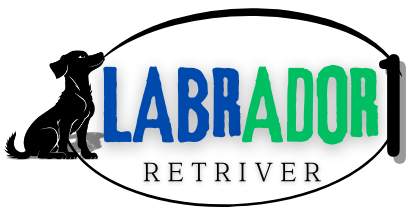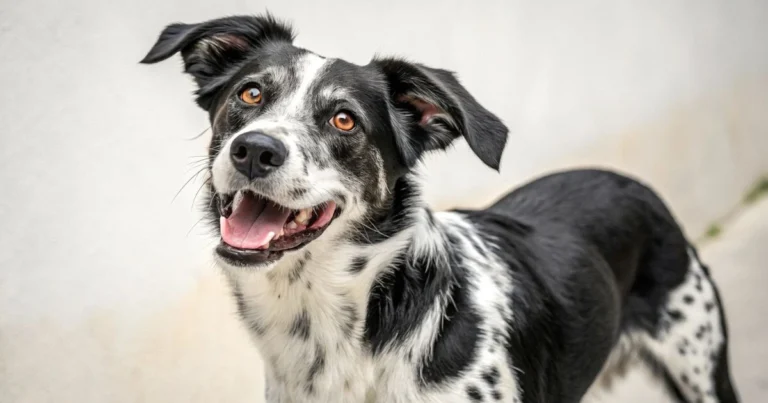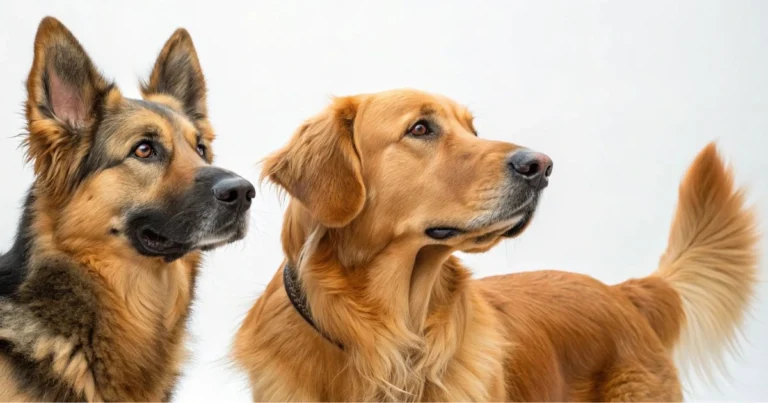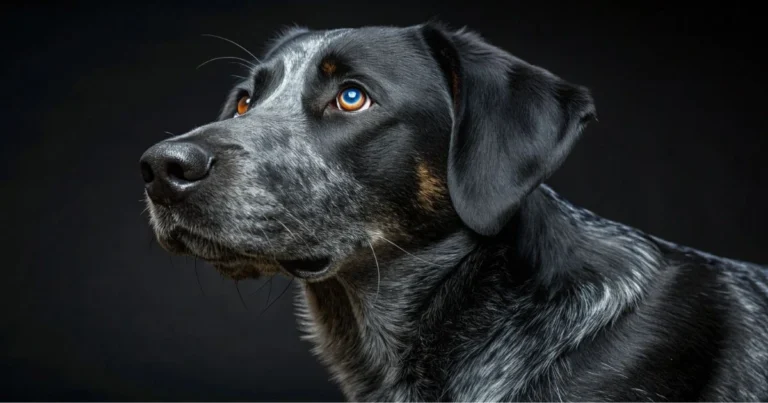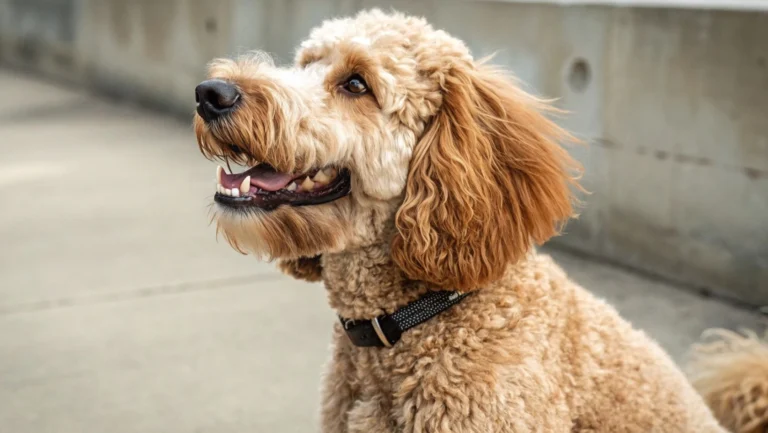How to Care for Great Pyrenees Lab Mix Puppies: A Beginner’s Guide
One of the most thrilling experiences of your life is bringing a great pyrenees lab mix puppies home. These cute, fluffy bundles of love and vitality soon join your family, bringing happiness, laughter, and unending affection into your home. As fulfilling as it is, raising a puppy of this particular breed has its own set of difficulties and obligations. They require extra care, training, and attention to flourish because they combine the playful, amiable disposition of the Labrador Retriever with the protective, serene nature of the Great Pyrenees.
If you’re a first-time owner or simply want to make sure your Great Pyrenees Lab Mix puppy grows up healthy, happy, and well-behaved, this guide is for you. From feeding and grooming to training and socialization, you’ll find practical advice and actionable tips designed to make your puppy-raising journey smoother, more enjoyable, and deeply rewarding.
Table of Contents
Understanding the Great Pyrenees Lab Mix
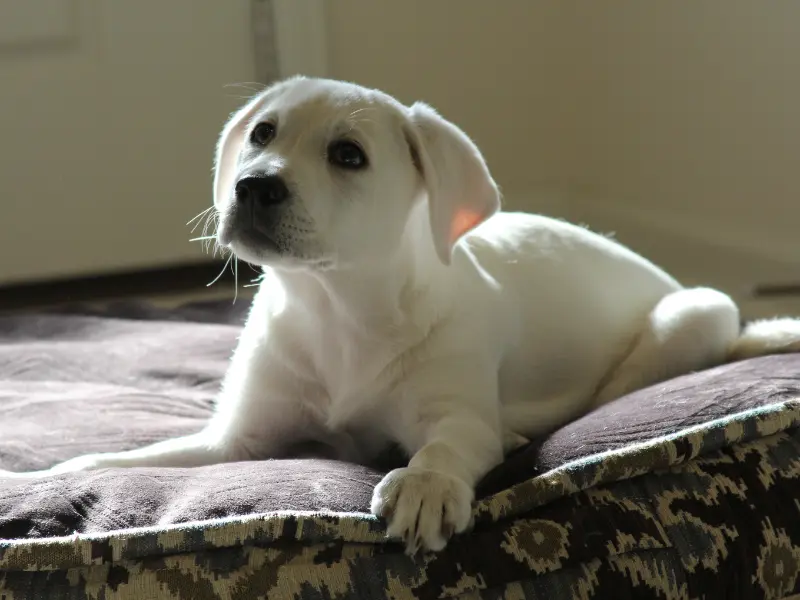
Breed Overview
A Great Pyrenees and a Labrador Retriever are crossed to create the Great Pyrenees Lab Mix, also lovingly referred to as a Pyrador. The best qualities of both breeds are combined in this mix. On the one hand, you have the majestic appearance and serene, protective nature of the Great Pyrenees. The Labrador, on the other hand, has a loving disposition, playful energy, and intelligence.
Key Facts about Great Pyrenees Lab Mix Puppies
- Size: Medium to large (50–120 pounds as adults)
- Lifespan: 10–12 years
- Temperament: Loyal, affectionate, protective, and intelligent
These puppies are generally friendly but may be wary of strangers. Early socialization is crucial to ensure they develop confidence and a balanced personality.
Temperament and Personality Traits
Understanding your puppy’s personality will help you anticipate their needs. Some common traits include:
- Intelligence: Highly trainable, but may have independent streaks.
- Protectiveness: Inherited from the Great Pyrenees; they can be vigilant and alert.
- Playfulness: Thanks to the Labrador side, they enjoy games, exercise, and social interaction.
- Gentleness: Surprisingly patient, especially with children and other pets.
With consistent training and proper socialization, your Great Pyrenees Lab Mix puppy can become a loving companion and reliable guardian for your family.
Preparing Your Home for Great Pyrenees Lab Mix Puppies
Puppy-Proofing Your Space
Before bringing your puppy home, ensure your environment is safe:
- Remove hazards like exposed wires, toxic plants, or sharp objects.
- Secure trash bins, shoes, and small items that a curious puppy might chew.
- Designate a safe puppy area with comfortable bedding, toys, and water.
Creating a safe, controlled environment helps your puppy feel secure while preventing accidents and destructive behaviors.
Essential Supplies Checklist
Having the right tools from day one sets the stage for successful care:
Must-Have Items:
- Adjustable collar and ID tag
- Durable chew toys
- Puppy food bowls
- High-quality puppy food (large-breed formula)
- Crate for safe sleeping and training
- Puppy pads and cleaning supplies
- Grooming brushes and nail clippers
Stocking up in advance saves stress and ensures your puppy’s needs are met consistently.
Feeding and Nutrition for Great Pyrenees Lab Mix Puppies
Understanding Their Dietary Needs
Nutrition is key to supporting growth, joint health, and overall wellbeing in large-breed puppies. Your Great Pyrenees Lab Mix needs a balanced diet rich in:
- Protein: Supports muscle development.
- Calcium: Strengthens bones and joints.
- Healthy fats: Provide energy for play and growth.
Avoid overfeeding, as rapid weight gain can lead to hip dysplasia and other orthopedic issues. Consulting your vet ensures your puppy receives the right amount and type of food.
Feeding Schedule by Age
| Age (Months) | Meals per Day | Portion Size (Approx.) | Notes |
|---|---|---|---|
| 2–3 months | 4 meals | 1–1.5 cups | Focus on high-protein puppy food |
| 4–6 months | 3 meals | 1.5–2 cups | Start introducing healthy treats for training |
| 7–12 months | 2 meals | 2–3 cups | Transition gradually to adult food |
Following a structured feeding schedule helps regulate digestion, prevents overfeeding, and establishes routine.
Homemade Puppy Meal Ideas
You can supplement commercial food with nutritious, vet-approved homemade meals:
| Recipe Name | Ingredients | Preparation Tips |
|---|---|---|
| Chicken & Rice Delight | Boiled chicken breast, brown rice, carrots | Mix and serve warm in small portions |
| Beef & Veggie Bowl | Ground beef, sweet potatoes, peas | Cook until soft and lightly mash |
| Salmon Puppy Feast | Salmon flakes, spinach, oats | Avoid seasoning and bones |
Introduce new ingredients gradually to prevent digestive upset and monitor for allergies.
Grooming and Coat Care
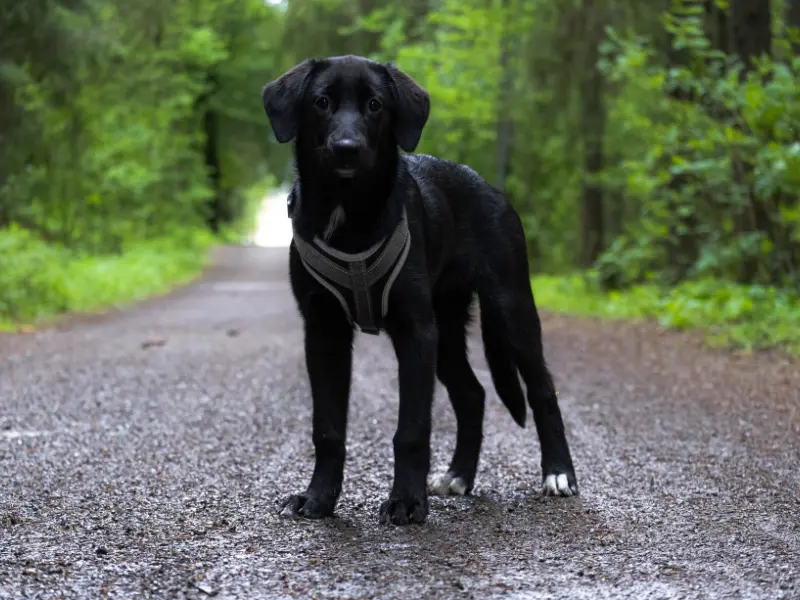
Understanding Their Double Coat
The Great Pyrenees contributes a thick, weather-resistant double coat, while the Labrador adds a softer undercoat. Regular grooming is essential to:
- Prevent matting and tangling
- Control shedding
- Maintain healthy skin
Grooming Schedule
- Brush 3–4 times per week using a slicker brush or undercoat rake.
- Bathe once a month or as needed with puppy-safe shampoo.
- Trim nails regularly and clean ears weekly to prevent infections.
Recommended Grooming Tools
- Slicker brush for detangling
- Undercoat rake for shedding control
- Nail clippers and puppy-safe shampoo
Proper grooming keeps your puppy comfortable, reduces odors, and strengthens your bond.
Exercise and Playtime Needs
Daily Activity Requirements
These puppies have moderate to high energy. Regular exercise promotes physical health and prevents behavioral problems. Recommended activity:
- 45–60 minutes of daily exercise (walks, play, or light hikes)
- Short training sessions to stimulate mental growth
Best Activities for Great Pyrenees Lab Mix Puppies
- Fetch and tug-of-war: Enhances bonding and releases energy
- Puzzle toys: Stimulate intelligence and problem-solving skills
- Socialization outings: Introduce new environments and people
Structured activity prevents boredom, destructive chewing, and hyperactivity.
Training Your Great Pyrenees Lab Mix Puppy

House Training Basics
Establishing proper bathroom habits early avoids long-term issues:
- Set a consistent schedule for potty breaks.
- Take your puppy outside immediately after meals and naps.
- Reward success with praise or small treats.
- Be patient; accidents are part of the learning process.
Obedience and Socialization
Early training sets the foundation for a well-mannered dog:
- Teach basic commands: sit, stay, come, leave it
- Introduce other pets and people gradually
- Practice positive reinforcement to encourage desired behaviors
Managing Common Behavioral Challenges
- Barking and guarding instincts: Redirect attention and reward calm behavior
- Separation anxiety: Gradually increase alone time and provide comforting toys
- Biting or nipping: Use gentle redirection to toys or chew items
Consistency and patience are crucial to raising a confident, balanced puppy.
Health and Veterinary Care
Common Health Concerns
Like all large breeds, your Great Pyrenees Lab Mix puppy may be prone to:
- Hip and elbow dysplasia
- Bloat (gastric torsion)
- Ear infections
- Allergies and sensitive skin
Vaccination and Vet Check Schedule
| Age | Vaccinations | Other Treatments |
|---|---|---|
| 6–8 weeks | Distemper, Parvovirus | Deworming |
| 10–12 weeks | DHPP, Leptospirosis | Flea prevention |
| 14–16 weeks | Rabies | Microchipping |
| Yearly | Booster shots | Dental cleaning |
Tips for Maintaining Long-Term Health
- Regular exercise and weight management
- Balanced diet with supplements (like Omega-3 for coat and joint health)
- Annual vet visits and dental care
A proactive approach prevents many common issues and ensures a long, happy life.
Building a Strong Bond with Your Great Pyrenees Lab Mix Puppy

Emotional Connection
Bonding with your puppy strengthens trust and promotes good behavior:
- Spend quality time playing, cuddling, and training
- Speak to your puppy often; they respond to tone and attention
- Encourage gentle touch and positive reinforcement
Socializing with Family and Other Pets
- Introduce new experiences slowly and positively
- Reward calm, friendly behavior
- Gradually increase exposure to crowds and other animals
Creating a Routine
Consistency builds confidence and reduces stress:
- Maintain regular feeding, walking, and sleeping times
- Stick to predictable training sessions and playtime
Frequently Asked Questions (FAQ) About Great Pyrenees Lab Mix Puppies

What is the lifespan of a Great Pyrenees Lab Mix?
Typically 10–12 years, depending on genetics, diet, and overall care.
Are Great Pyrenees Lab Mix puppies good with kids?
Yes. Their gentle and protective nature makes them excellent family pets.
How often should I groom my Great Pyrenees Lab Mix puppy?
Brush 3–4 times per week and bathe once a month. Regular ear cleaning and nail trimming are essential.
What’s the best diet for Great Pyrenees Lab Mix puppies?
Feed a large-breed puppy formula with high protein, calcium, and healthy fats. Avoid overfeeding.
How can I train my Great Pyrenees Lab Mix to stop barking?
Use consistent commands and reward quiet behavior. Avoid yelling or punishment; patience is key.
Conclusion – Your Journey with a Great Pyrenees Lab Mix Puppy
Raising a Great Pyrenees Lab Mix puppy is a rewarding experience that combines fun, love, and responsibility. By investing time in proper nutrition, grooming, training, and bonding, you’ll watch your puppy grow into a loyal, gentle, and protective companion.
